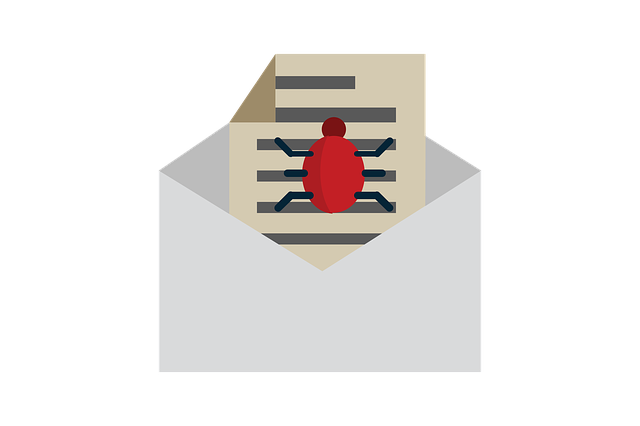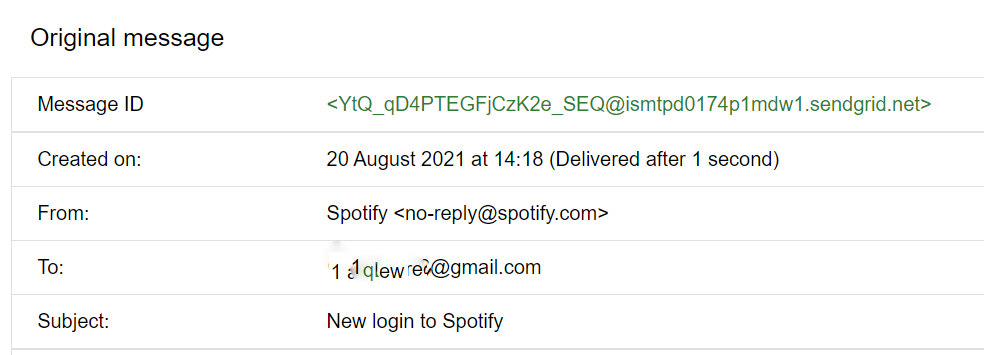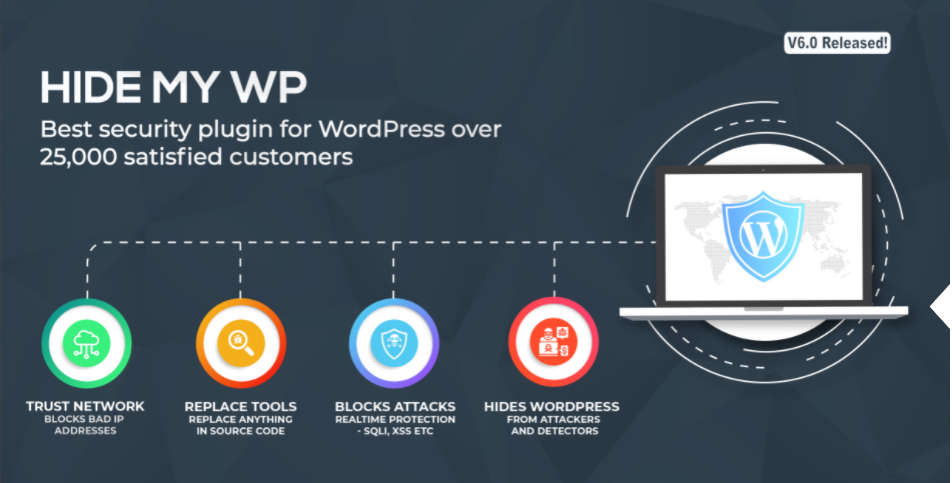There are various kinds of injection attacks that a hacker can use to attack your website. The most common ones being SQL injection attacks, XSS, and code injection attacks. But people tend to ignore other injection attacks like Email header injection attacks, XPath attacks, and more.
But that’s the security mistake we can’t afford to make. A hacker doesn’t always choose the famous methods, isn’t that right? Honestly, it makes perfect sense if an attacker uses a vulnerability that doesn’t pop first in a user’s mind when trying to secure their website.
Hence, we should always be alert when it comes to protecting our WordPress. I’ll discuss the Email Header injection attack in this article so that you can understand how a hacker can abuse your website’s Email header vulnerabilities. Let’s go down the road of understanding.
What Is An Email Header?

To understand what an Email header attack means, we must first know what an Email header is. An Email Header is a code above the main body of an HTML email that contains important information regarding the recipient, sender, time, and path taken by the email. Frequently used Email headers are:
From: contains the email address of the sender
To: email address of the receiver
Date: the time and date of the sent email
Subject: personalized text of the sender
Here are pictures showing the details of an email sent by Spotify to me. As you can see, it’s not how an email usually looks. To view the original message as shown below, click on the three dots option on the right of the email( here I used Gmail, it might differ in other Email platforms) and select “show original.”


What Is An Email Header Injection Attack?
So here we are, finally. An Email injection attack, also known as an SMTP header injection attack, is like any other injection attack. A hacker uses the contact form vulnerabilities and enters an unsafe code as email headers to the website. Email injection attack works on a platform that uses email contact forms for interaction with website users.
If your website is vulnerable to email injection attacks, then a hacker can send emails using your website’s server without your knowledge. He will most probably attempt spamming or phishing. If this happens, it will ruin your website’s reputation and negatively impact its traffic rate.
How To Prevent Email Header Injection Attack And Secure Your Website?
Now that we understood what an Email header injection attack is, you might want to learn to prevent email header injection.
Follow these simple and easy ways to protect your website against SMTP Email header injection attacks:
1.Do Not Trust
“Do not trust” is a rarely said advice, but when it comes to a website’s security or any security, it is crucial to look at everything as harmful. We must not trust the user input and always be cautious about it. We have to validate every data entered by users and only accept the safe one.
2.Restrict
Restrict users from entering newline characters like CRLF in HTTP. How is CRLF relevant, you might wonder. A hacker uses newline characters to add new data to email headers. Hence, restriction of these characters is an essential step in securing your website.
3.Sanitize
Sanitizing your email input includes analyzing, filtering, and removing dangerous parts of the data. This step helps ensure that the database of your website receives only the safe input data.
We have learned about Email injection attacks, but it is not the only way a hacker uses to abuse your website. He has many other tricks up his sleeve. Hence, we must always be careful about our website’s security. But doing it all on your own can be very stressful. We have security plugins to make WordPress security trouble-free for you and take down a heavy load off your shoulders,
We can use a security plugin like ‘Hide My WP’ that takes several measures to protect your WordPress from attackers. Here are few ways in which Hide My WP protects your website:

- It can hide that you are a WordPress user.
- It detects attacks and automatically stops them.
- It will allow you to rename plugins and theme folders.
- It protects your WordPress from hackers or bots via a “trust network.”
- It secures your source code and also allows you to replace anything in it.
- It has a WordPress firewall powered by a Smart-IDS engine that will protect your WordPress from lethal attacks like SQL injection attacks, CRSF, XSS, read arbitrary files, and brute-force attacks.
- It can hide the login page of your WordPress
- It helps you block and permit visitors from specific countries.
- It protects your WordPress from new attack patterns.
- It can disable access to directory listings and PHP files.
- It creates a dynamic list of Bad IP addresses for future references.
- It can hide your WordPress from theme and plugin detectors.
- It helps minify HTML and CSS.
- It has anti-spam included.
- It lets you change WordPress permalinks.
Conclusion
- We cannot take any vulnerability of our website lightly. WordPress security should always be our top priority. We never know when or where an attacker makes an entrance. Staying attentive to the security issues of our website can prove to be very helpful.
- Hackers use this attack for spamming or phishing by exploiting your website’s email injection vulnerability.
- An Email Header is a code that precedes the main body of an HTML email containing important information regarding the recipient, sender, time, date, and path taken by the email.
- Few ways to secure your website from SMTP email header injection is by sanitizing and validating user input of your website’s contact forms. We should also restrict users from entering newline characters in the contact form’s entry field.
- Safety should be the first policy of all WordPress users. Using security plugins like ‘Hide My WP’ is very beneficial in protecting WordPress from the malicious intent of hackers.
Also Read: What Is Template Injection?
